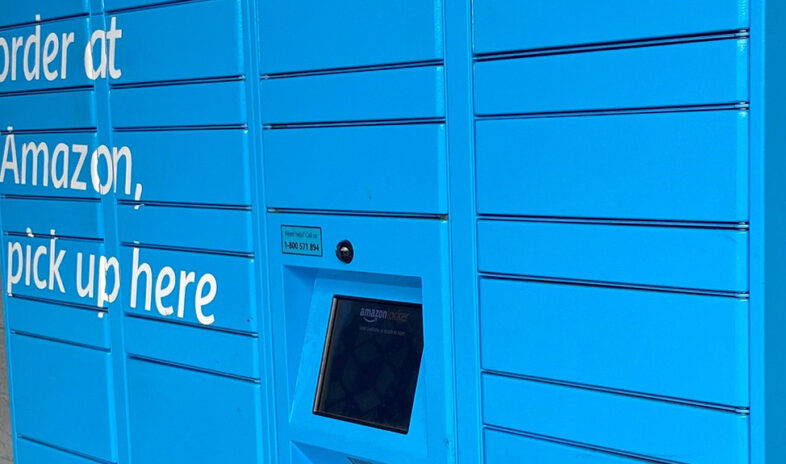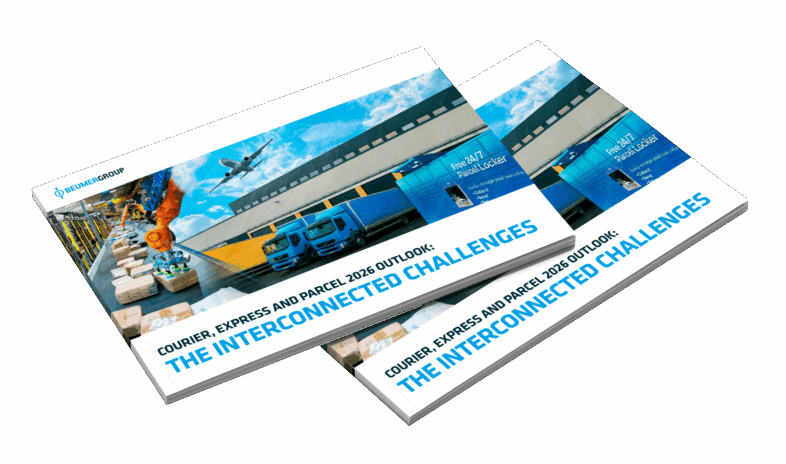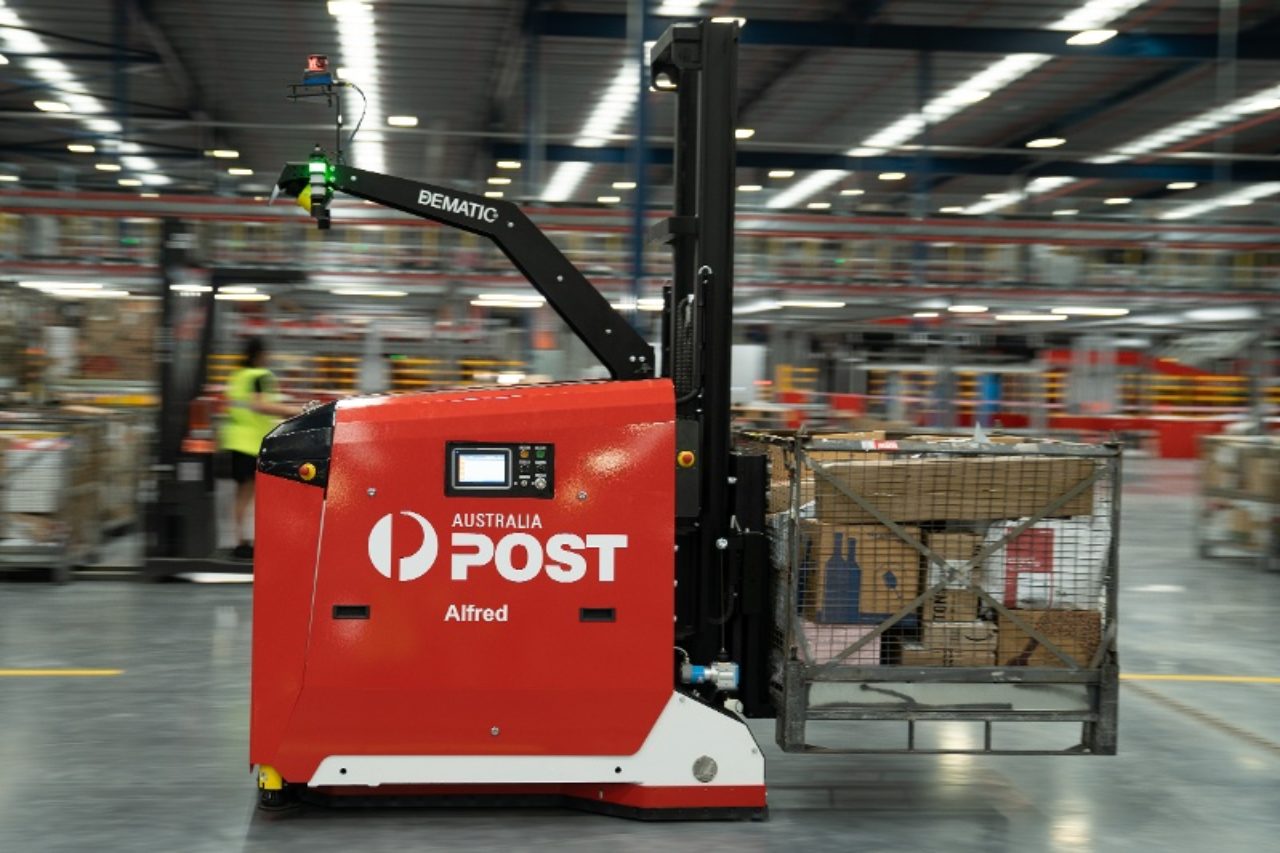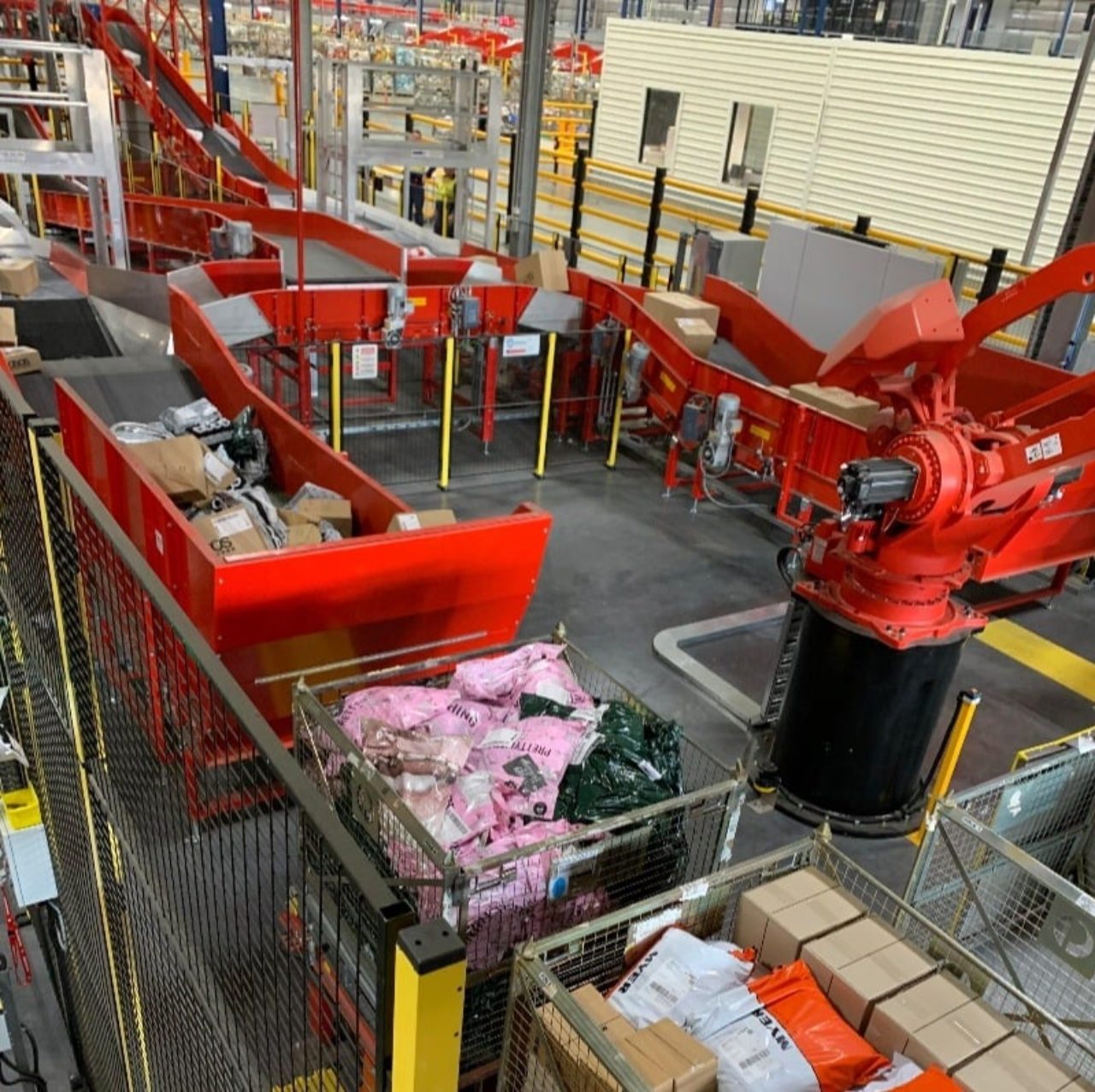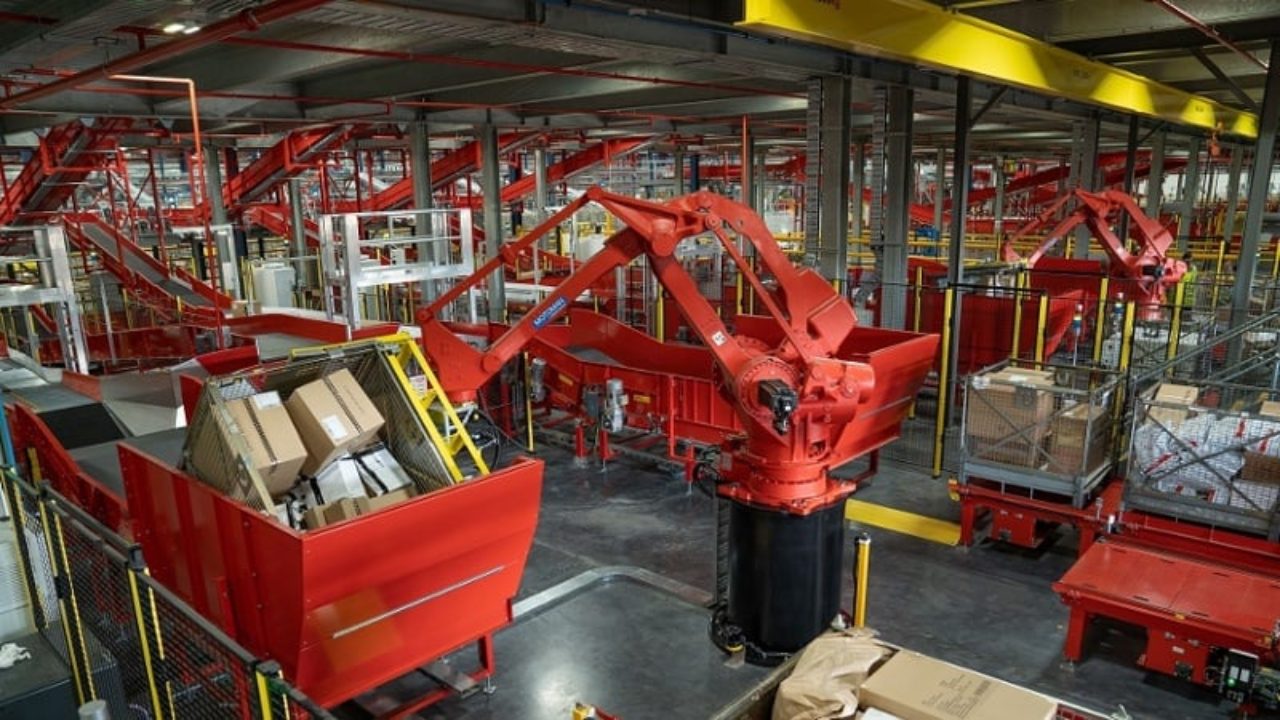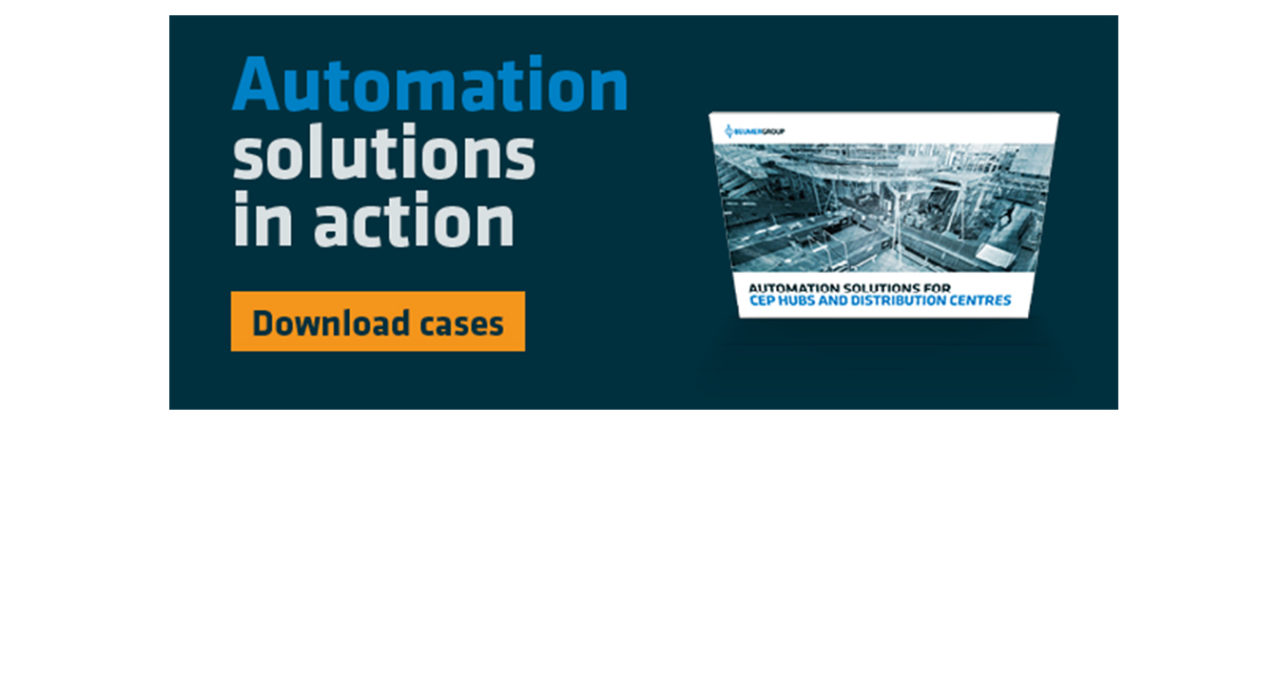The robotic solution effectively takes more functions to an automation level that previously could only be completed manually, this is thanks to the robots’ increasing ability to match human operatives in handling even odd parcels: those featuring difficult wrapping, odd shapes, or even polybags.
Using a stepless tilt and rotational arm movement means that robots can deploy almost human-like movement and strength to handle parcel profiles as seen in today’s parcel mix in live operations. Using sensors, the robots form their own impression of the shape, measurement and position of each parcel as they pass by on the conveyor as part of a bulk flow.
In a highly accurate, single pick-to-place movement, robots are able to grasp pickable parcels and transfer them – completely aligned and singulated – into position onto a conveyor for automatic induction into the sortation system.
However, the brain driving robotic solutions should not “just” be seen as big data; to reach this level of intelligence and handling capability, BEUMER Group has taught its robots to “think” using a very wide range of parcel profiles and other parcel-resembling items as examples, ultimately reaching a point where the robots can identify machinable parcels and continue to actively capture this data contributing to an ever-lasting learning curve.
Collaboration not substitution
The true extent to which robotic technology will transform internal handling processes in parcel distribution has not yet been fully explored to date, but BEUMER Group believes that robots hold an important key for those wishing to find further efficiencies and additional capacity in the bulk unloading of trucks or roller cages.
Collaborative robots that work alongside people create new and better paying opportunities for workers, while companies remain productive and can focus on better customer service.
By 2025, 85 million jobs may be displaced by a shift in the division of labour between humans and machines, but 97 million new jobs may result as more people adapt to that division between people, machines, and algorithms.
“There’s this mystery around the robot that’s coming for your job,” Burnstein said. “But really, it’s a tool to make us more productive in many of these situations that will enable more jobs.”


